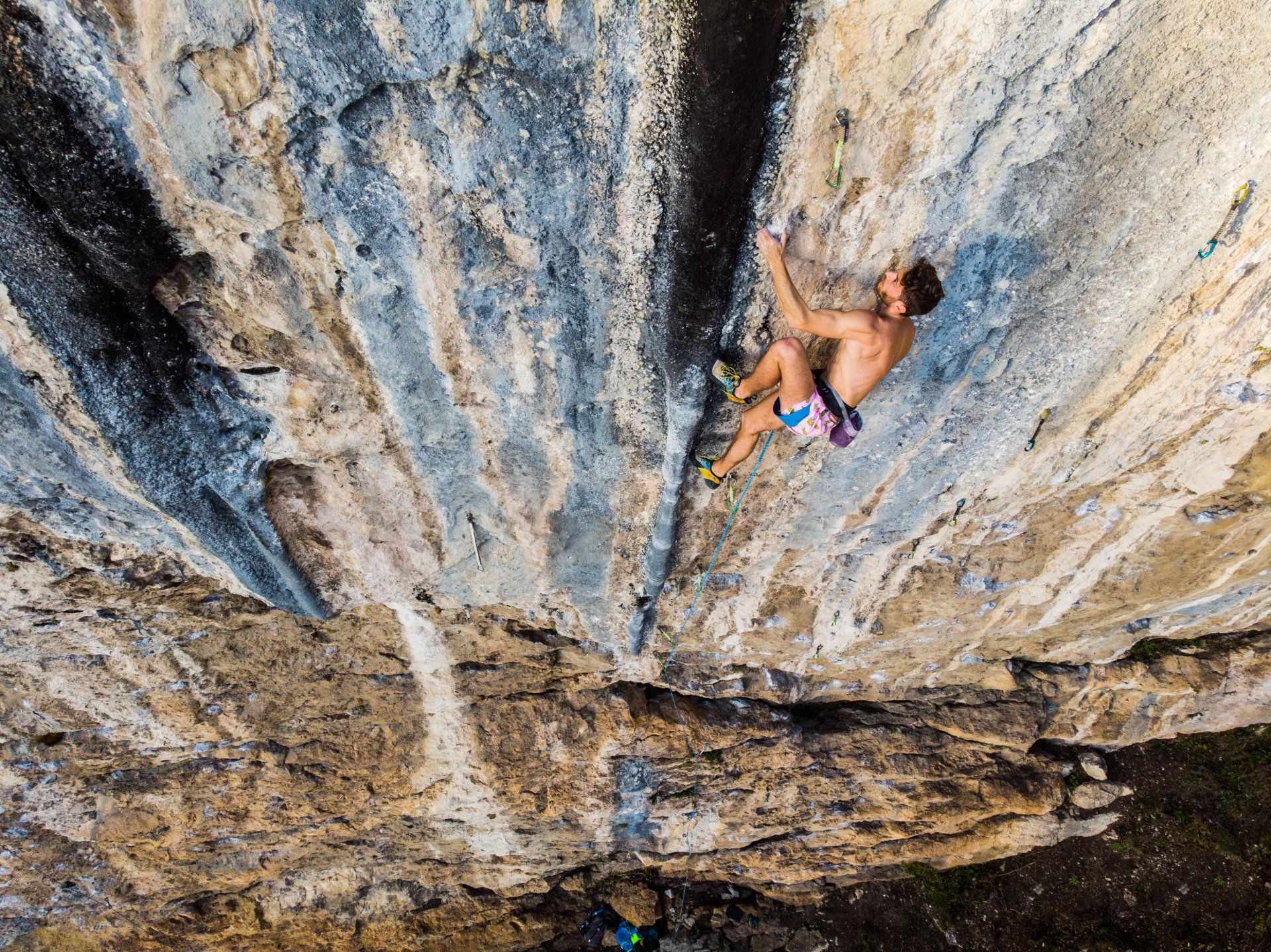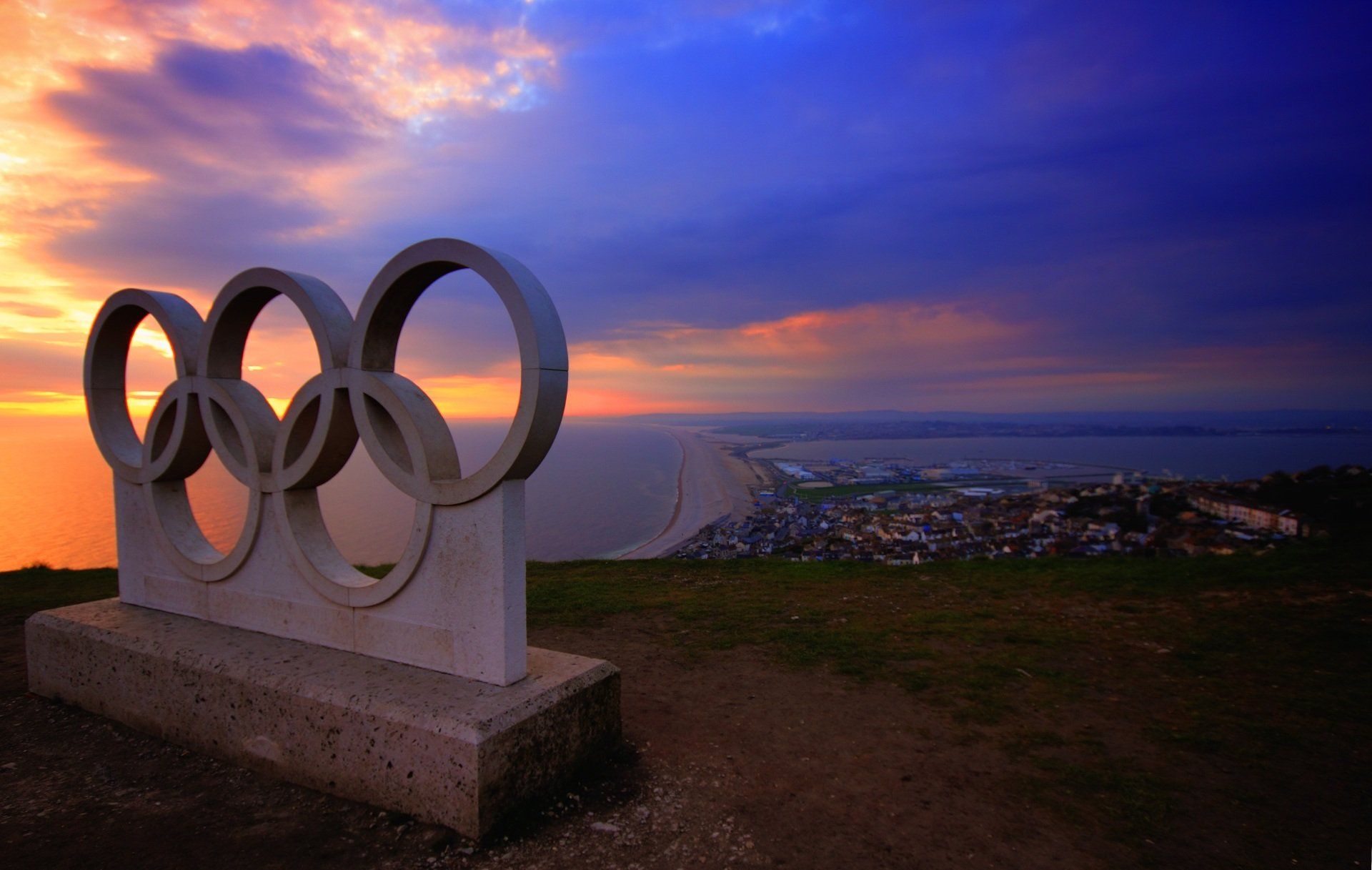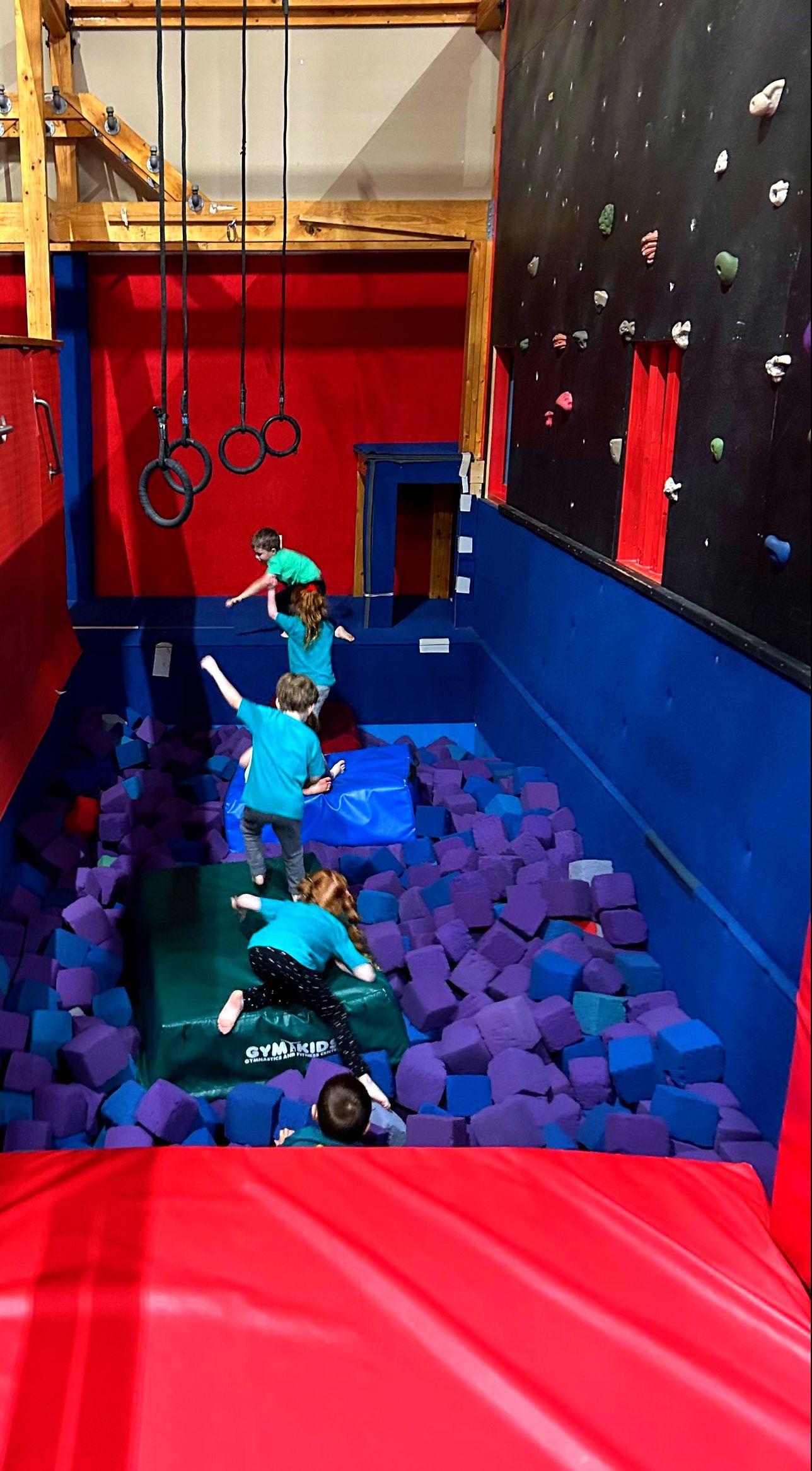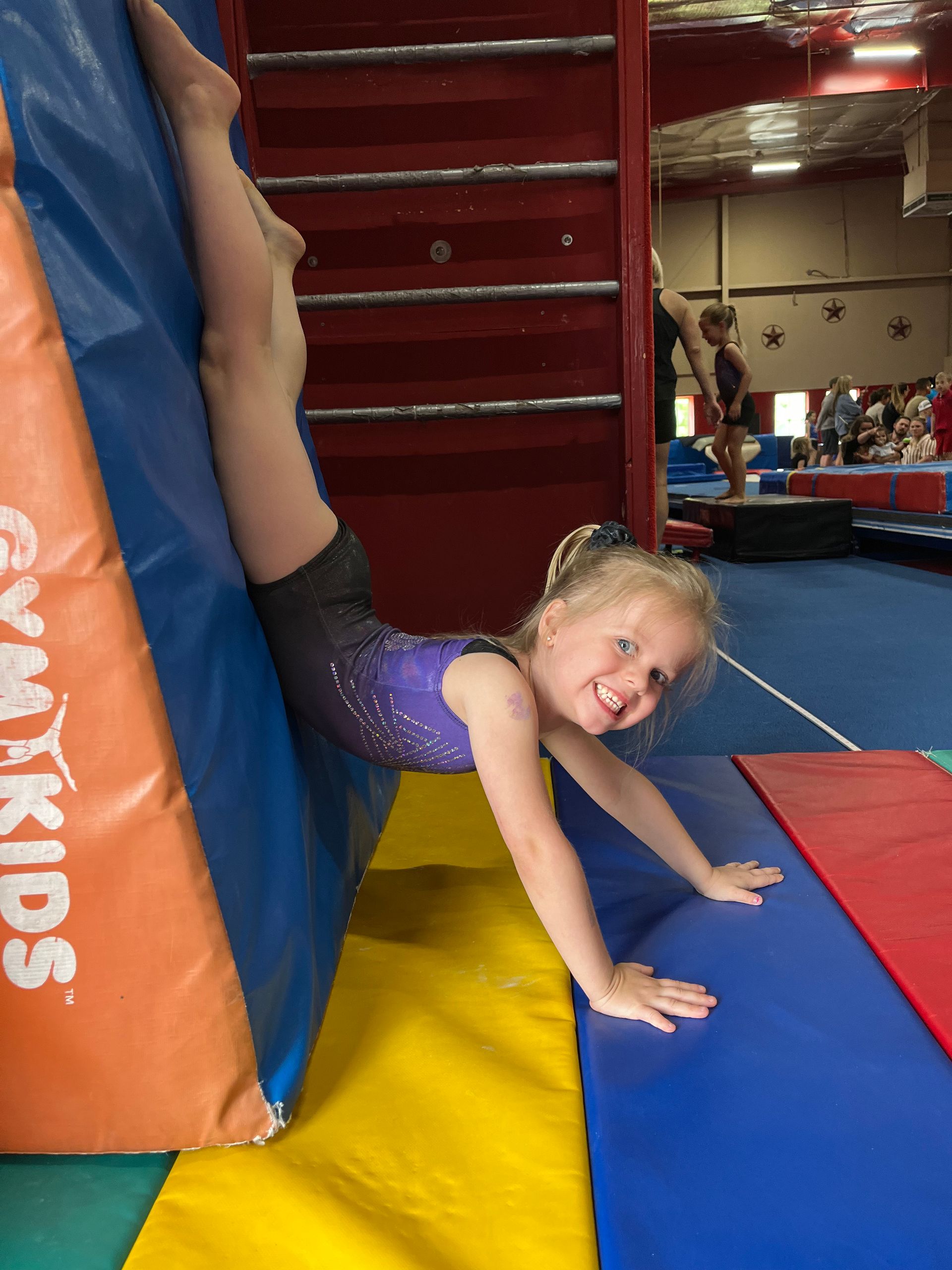Everything You Ever Wanted to Know About the Uneven Bars
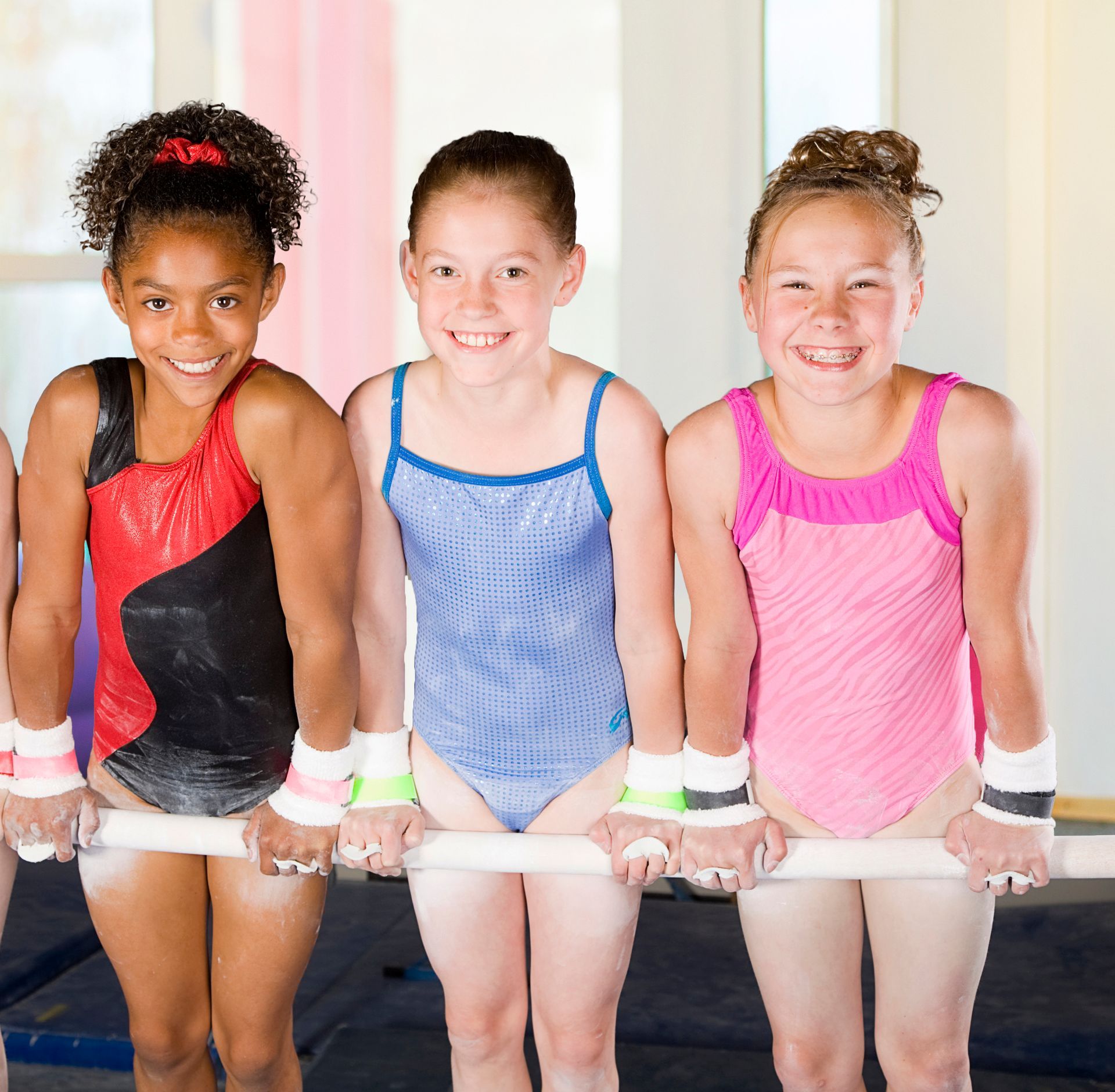
The uneven bars are one of the most captivating events in women's gymnastics, showcasing a blend of strength, grace, and precision. This blog will explore the history of the uneven bars, the evolution of bar settings, the impact of equipment innovations like grips, and highlight some of the most iconic gymnasts who have revolutionized bar routines with their skills. Whether you're new to gymnastics or a seasoned enthusiast, this comprehensive guide will give you a deeper understanding of the uneven bars.
History of the Uneven Bars
Early Beginnings
The uneven bars, originally known as the "asymmetric bars," first appeared in the early 20th century. Initially, the bars were set very close together, which limited the types of skills that could be performed. The routines were simpler, focusing on basic swings and strength moves.
Evolution of Settings
As gymnastics evolved, so did the settings of the uneven bars. The distance between the bars was gradually increased, allowing for more dynamic and complex skills. This change facilitated the introduction of release moves, transitions between bars, and intricate combinations that define modern routines.
Understanding Bar Settings
Width Settings
The width setting refers to the distance between the high bar and the low bar. This distance can vary depending on the gymnast's preference and the skills they intend to perform. Here's a simple breakdown:
Close Setting (Less than 1.6 meters): Historically used, this setting limits large swings and release moves but emphasizes strength and control.
Medium Setting (1.6 to 1.8 meters): This is a common setting that allows for a mix of traditional swings and modern release moves.
Wide Setting (Over 1.8 meters): Preferred by many elite gymnasts today, this setting facilitates big release moves and complex transitions.
Height Settings
The height of each bar can also be adjusted, though there are standard heights used in competition:
Low Bar: Typically set around 170 cm (5'7").
High Bar: Typically set around 250 cm (8'2").
The height can be slightly adjusted based on the gymnast's size and the routine requirements.
Common Vernacular
Release Move: A skill where the gymnast releases the bar and catches it again or transitions to the other bar.
Transition: Moving from one bar to the other.
Swing Elements: Moves that involve swinging around the bar, such as giants or cast handstands.
Equipment and Innovations
Manufacturers
Several manufacturers produce uneven bars, each with slight variations in design and feel:
AAI (American Athletic, Inc.): Known for their sturdy and reliable equipment.
Spieth: Favored in international competitions for their flexibility and bounce.
Janssen-Fritsen: Popular in Europe, offering a unique feel and quality.
Introduction of Grips
Grips were introduced to provide better grip, significantly changing the dynamics of bar routines. They allow gymnasts to perform more complex skills with greater confidence and safety.
Iconic Gymnasts and Their Named Skills
1. Nadia Comăneci (Comaneci Salto)
Nadia Comăneci is often associated with the uneven bars, earning perfect scores for her routines during the 1976 Olympics. Her "Comaneci Salto," a backward somersault in a piked position from the high bar to the low bar, showcases her innovation and precision.
2. Svetlana Khorkina (Khorkina)
Svetlana Khorkina revolutionized the uneven bars with her innovative skills and unique style. The "Khorkina" is a complex transition move involving a half-turn release from the high bar to the low bar.
3. Aliya Mustafina (Mustafina)
Aliya Mustafina's "Mustafina" skill is a transition involving a full-twisting giant swing on the high bar. Her intricate pirouetting skills have set her apart in the gymnastics world.
4. Elisabeth Tweddle (Tweddle)
Elisabeth Tweddle is known for her complex transitions and release moves. The "Tweddle" involves a full-twisting release move from the low bar to the high bar.
5. Gabby Douglas (Douglas)
Gabby Douglas's innovative bar routines include the "Douglas," a transition with a full-twisting release move, showcasing her fluidity and dynamism.
6. Simone Biles (Biles)
Simone Biles has a release move named after her, the "Biles," which involves a double-twisting double backflip dismount from the high bar.
7. Nastia Liukin (Liukin)
Nastia Liukin's "Liukin" is a release move where she performs a layout somersault from the high bar to re-catch the same bar, demonstrating her elegance and precision.
8. He Kexin (He)
He Kexin is known for the "He" skill, a release move involving a full-twisting Gienger from the high bar, which showcases her technical prowess.
9. Beth Tweddle (Tweddle)
Beth Tweddle's "Tweddle" involves a full-twisting Shaposhnikova, a complex transition move between the bars that highlights her creativity and strength.
10. Viktoria Komova (Komova)
Viktoria Komova's "Komova" is a transition move involving a half-turn release from the low bar to the high bar, showcasing her elegance and technical skill.
Common Release and Transition Skills
Here are 20 common release and transition skills, along with explanations in everyday language:
1. Tkachev (Reverse Hecht): The gymnast swings backward and releases the bar, performing a backward salto (flip) before re-catching the same bar.
2. Jaeger (Front Flip): From a front giant swing, the gymnast releases the bar and performs a front salto before re-catching the bar.
3. Gienger (Back Flip with Half Twist): The gymnast swings backward, releases the bar, does a backflip with a half twist, and catches the bar.
4. Pak Salto: The gymnast swings from the high bar, releases, performs a backward salto, and catches the low bar.
5. Shaposhnikova (Shaposh): The gymnast swings from the low bar, releases, does a half turn in the air, and catches the high bar.
6. Stalder: The gymnast performs a straddle circle around the bar, releasing momentarily before re-gripping.
7. Endo: Similar to the Stalder but done in a pike position.
8. Pirouette: A half or full turn on one hand while swinging around the bar.
9. Hindorff: The gymnast performs a straddle backflip from the high bar and catches the same bar.
10. Ray: A release move involving a straddle backflip from the high bar and catching the same bar, named after Elise Ray.
11. Church: Similar to the Ray, but with a layout position during the backflip.
12. Maloney: The gymnast swings from the low bar, releases, and does a half turn to catch the high bar, named after Kristen Maloney.
13. Ricna: A release move involving a straddle backflip from the high bar to catch the same bar.
14. Higgins Roll: A half turn while swinging forward, transitioning from the low bar to the high bar.
15. Markelov: The gymnast performs a front flip with a half twist from the high bar to catch the same bar.
16. Weiler Kip: A complex skill where the gymnast performs a backward swing and a kip (a swing through and up to handstand).
17. Yezhova: A transition involving a straddle backflip from the high bar to the low bar.
18. Bail: A transition where the gymnast swings from the high bar, releases, performs a half twist, and catches the low bar.
19. Hop Full: A full twist while in handstand position on the high bar before catching the same bar.
20. Clear Hip Circle: A complete circle around the bar in a clear (open) position without touching the bar with the body.
Choosing Bar Settings
Athlete and Coach Preferences
Different athletes and coaches choose bar settings based on several factors:
Skill Level: Beginners may prefer closer settings to focus on basics, while advanced gymnasts use wider settings for complex skills.
Physical Attributes: Taller gymnasts might need wider settings to accommodate their swing.
Routine Composition: Depending on the routine's focus—whether on strength elements, release moves, or transitions—settings can be adjusted for optimal performance.
The uneven bars are a dynamic and evolving event in gymnastics, deeply rooted in history and continually shaped by innovation and the incredible athletes who push the boundaries of what's possible. Understanding the history, settings, equipment, and iconic performers gives a deeper appreciation for the artistry and athleticism displayed in every routine. Whether you're a parent of a budding gymnast or a fan of the sport, the uneven bars are a testament to the beauty and complexity of gymnastics.






